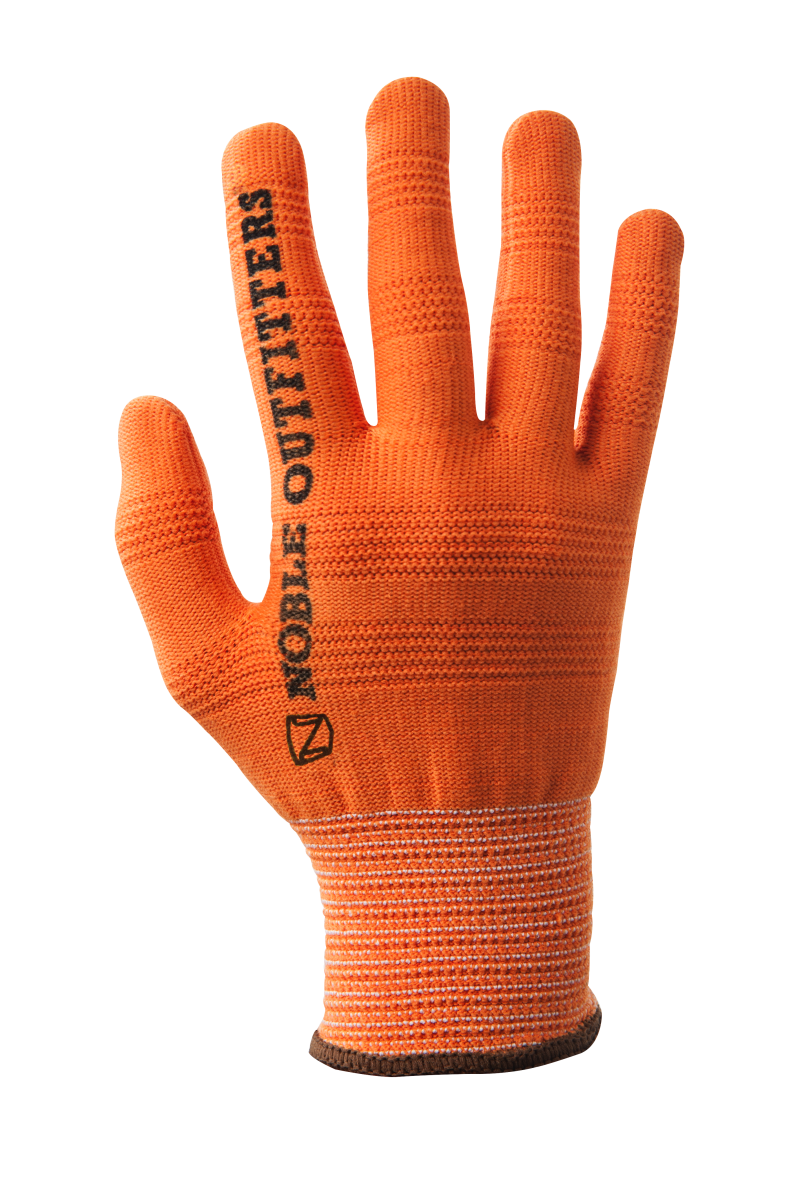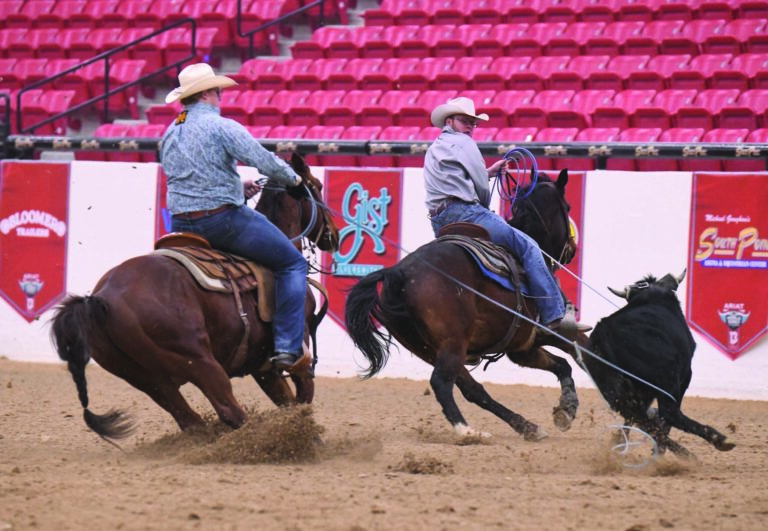Researchers and doctors at the University of Texas-Southwestern noticed a trend—ropers who made their way to the institution for treatment of what doctors called “rodeo thumb.” But unlike the usual patients, these team ropers were foregoing replantation, instead opting for amputation.
[READ MORE: When The Glove Comes Off]
“That’s different from what we normally see, and we wanted to study the motivations behind this decision further,” said Justin Davis, an MD candidate at UT Southwestern Medical School, who helped with the study (and shares no relation to either of the Justin Davises of NFR fame). “I actually attended a couple rodeos and spoke with participants who knew somebody who lost a thumb or lost it themselves. After speaking with someone who had this injury, they would often tell me about somebody else who had the injury and give me their contact information.”
[READ MORE: Richard Loses Thumb in Practice, Out of CINCH Timed Event Championship]
[READ MORE: Richard Back in ProRodeo Action After Thumb Reattachment]
Davis and his team hope to use the research to better understand what motivates ropers to save or amputate their digits, and how their decision plays out in the long run.
“We think the research is helpful because it allows patients to understand the options available and what certain advantages and disadvantages of those options are before something like this happens to them,” Davis said. “Often, in the moment, it’s hard to make an informed decision when you’re in pain, so God forbid this happens to somebody after they’ve read this, they may already have an idea of what they’d like to do to make them happy. Also, surgeons are often in the business of trying to save the thumb at all costs without realizing how it can affect this particular population of patients. I think a better understanding of rodeo participants and what’s important to them will help physicians treat patients in a satisfactory way for all parties.”

How Do Ropers Cut Off Their Thumbs?
Rodeo thumb, or traumatic amputation of the thumb during team roping, is a relatively common injury, particularly among team ropers. The injury occurs usually during the dallying portion of the event, commonly when a coil of rope gets wrapped around the thumb and the thumb gets pinched against the horn and amputated. There are several treatment options available for these injuries.
This is an IRB-approved medical study conducted by UT Southwestern in Dallas, and researchers aim to speak to ropers, particularly team ropers, about their experiences with the injury. Some of the questions asked of ropers include their current occupation, if they still participate in roping, as well as a survey known as the QuickDASH that has been validated as a measure of hand function.
What Have UT-Southwestern Doctors Learned about Rodeo Thumb?
Rodeo thumb is an increasingly common injury in rodeo participants and there is not a consensus on how to treat these injuries. Younger patients may do well with either treatment options. Amputations may be a better option, especially for patients whose thumbs are cut off closer to the tip. Patients may need to be wary of a groin flap as a form of treatment as they may not be satisfied with their results.
How Can You Find Out More About the Rodeo Thumb Study?
UT-Southwestern researchers are currently still in the process of recruitment for this study. If you have had this injury and would like to participate, please contact the author by email at justin.davis@utsouthwestern.edu or call/text at 972-302-3222.
Study conducted by Justin Davis; Andrew Zhang, MD; Douglas Sammer, MD.
[READ MORE: Erich Rogers Has Close Call But Keeps Thumb]
What Do You Need to Know About Rodeo Thumb Treatment?
Replantation of Rodeo Thumb
Outside the rodeo world, replanting a thumb would almost always be the treatment worth trying, given our thumbs are responsible for up to 40% of our hand function. However, ropers have several things to consider when deciding on replantation. There is no guarantee replantation surgery will be successful. Patients generally will need to stay in the hospital for several days after replantation to monitor the replanted part. Rehabilitation of the replanted thumb could take many months, often with weekly visits to therapists. The longer recovery process after replantation may take ropers away from regular competition and other work-related activities. Also, a replanted thumb will likely not work as it did before injury. A stiff thumb may also prevent a roper from going back to the sport. Out of all the ropers we spoke to who had replantation, 64% say they would replant it again if given the option.
When deciding on whether to replant or not as a patient, there are a few considerations. The level of amputation is important. When the thumb is amputated at the knuckle just below the nail, the responses are split evenly between patients who are happy versus unhappy about the replant. However, patients who cut off the thumb closer to the palm tend to be more satisfied with a replant and would make the same decision again (75%). The decision to replant should follow a detailed discussion between a patient and/or family member and the surgeon about the risks, benefits and likelihood of success of the procedure.
Amputation of Rodeo Thumb
Considering several of the mentioned drawbacks of replantation, many ropers opt to keep the thumb off. The majority of individuals who opted for a complete amputation were happy they did so (83.3%), while 16.7% were not happy. The one individual who was not happy mentioned that there was a small stump remaining and he wished the surgeon had performed a completely clean amputation. The most notable potential benefit of an amputation is a much shorter recovery time—ropers can often go back to competing within weeks to a month. Many ropers adapt to the amputation by holding the rope or a pen between the index and middle finger.
Other Considerations
Three patients, to preserve length to the remaining thumb, underwent operations that tied their amputated stump to other parts of their body for a period of several weeks. Two of the three patients who had groin flaps were extremely unhappy with this treatment and would now opt for a complete amputation. One patient who had a cross-finger flap as the treatment was satisfied with his outcome and would make the same decision.
Statistics on Rodeo Thumb
- 33.8 years: average age of ropers at the time of injury, ranging from 8 to 65 years.
- 64% Percentage of ropers who would replant their thumb again if given the option.
- 73.3% were successful.
- 26.7% were not.
- 58.3%: Percentage of patients who reported roping performance at or above prior-to- injury levels.
- 75% of individuals lost their thumb during a dally. Of these: 38.9% lost it while heading, and 61.1% lost it while heeling.









